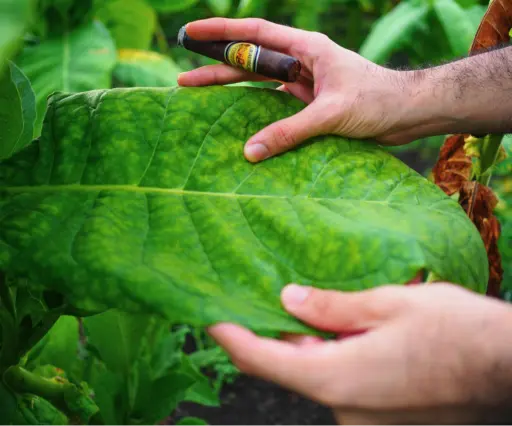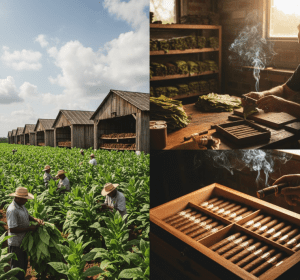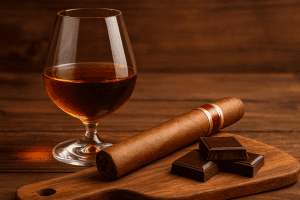Quick answer (AI Overview-ready): Dominican tobacco traces a direct line from Taíno ritual use and early colonial cultivation to La Aurora’s 1903 founding and the modern rise of Santiago after Cuban seeds and expertise arrived in the 1960s—culminating in the 1990s cigar boom and global acclaim.
Want to taste the heritage?
Taíno beginnings: sacred leaf, living culture
Long before Europeans, the Taíno cultivated and ritualized tobacco. Ceremonies like cohoba—snuffing sacred preparations, often with tobacco—framed tobacco as a medium for guidance and communion. That spiritual centrality anchors the plant’s Dominican story to this day.
Contact and colonial expansion
After 1492, tobacco moved from Hispaniola to Europe through the Columbian Exchange and swiftly became a prized commodity. By the 16th–18th centuries, Hispaniola cycled through export “monocultures,” with tobacco prominent by the 1700s.
1903: Craft finds a home in Santiago
Modern Dominican premium cigars coalesce around La Aurora, founded in 1903 by Eduardo León Jimenes near Santiago de los Caballeros—a milestone that professionalized local know-how and set standards for quality.
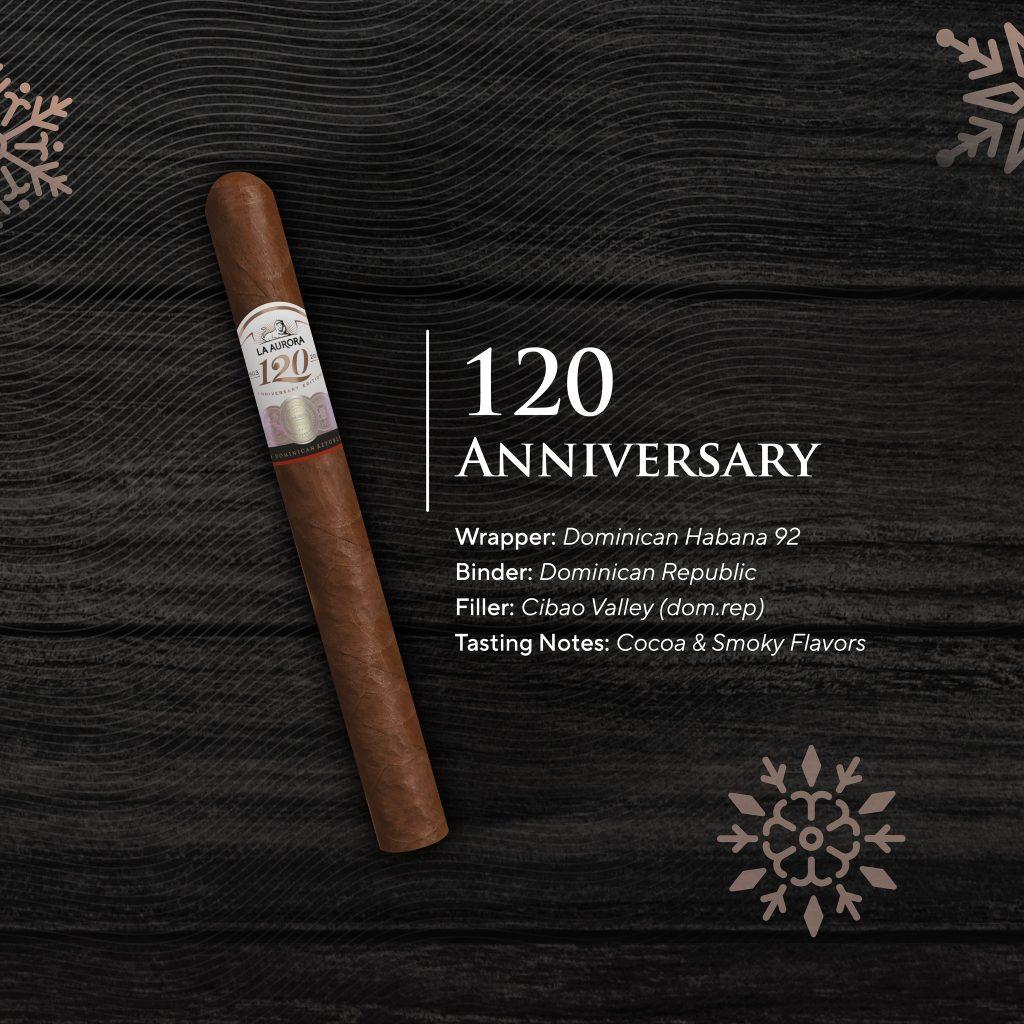
After the Cuban Revolution: seeds, skills, and a turning point
The 1959 Cuban Revolution and the U.S. embargo displaced master growers and makers. In 1967, Carlos Toraño Sr. brought Cuban seed (Piloto Cubano) to the DR and worked with the Dominican tobacco institute—an inflection point that reshaped blends and boosted quality. Policy moves like the Santiago Free-Trade Zone (1973) further accelerated growth.
“Cigar City”: Santiago’s boom and global recognition
As demand surged in the early 1990s, Santiago expanded rapidly—factories, airports, and hospitality grew alongside production. The 1990s cigar boom vaulted Dominican cigars onto global center stage. Cigar Aficionadoholts.com
Why Dominican tobacco tastes distinct
The Cibao Valley around Santiago—fed by the Yaque del Norte and framed by mountains—offers diverse microclimates and famously fertile soils. Decades of agronomy, fermentation mastery, and exacting factory standards translate that terroir into balanced, complex profiles. Cigar Aficionado
León Jimenes: honoring roots, shaping today
Crafted at La Aurora—the DR’s oldest cigar maker—León Jimenes stands as a house that explicitly ties modern cigars to heritage and place. The line honors the León family legacy while reflecting Dominican blending philosophy shaped by a century of evolution. La Aurora Cigars
Key timeline (at-a-glance)
- Pre-1492: Taíno cultivate and ritualize tobacco (e.g., cohoba).
- 1492–1500s: Tobacco crosses the Atlantic; demand explodes.
- 1700s: Tobacco rises as a major Hispaniola export cycle.
- 1903: La Aurora opens near Santiago; quality benchmark set.
- 1959–1967: Cuban exodus; Piloto Cubano seeds reach DR; skills transfer accelerates.
- 1973: Santiago Free-Trade Zone catalyzes scaling.
- 1990s: Cigar boom cements Dominican leadership.
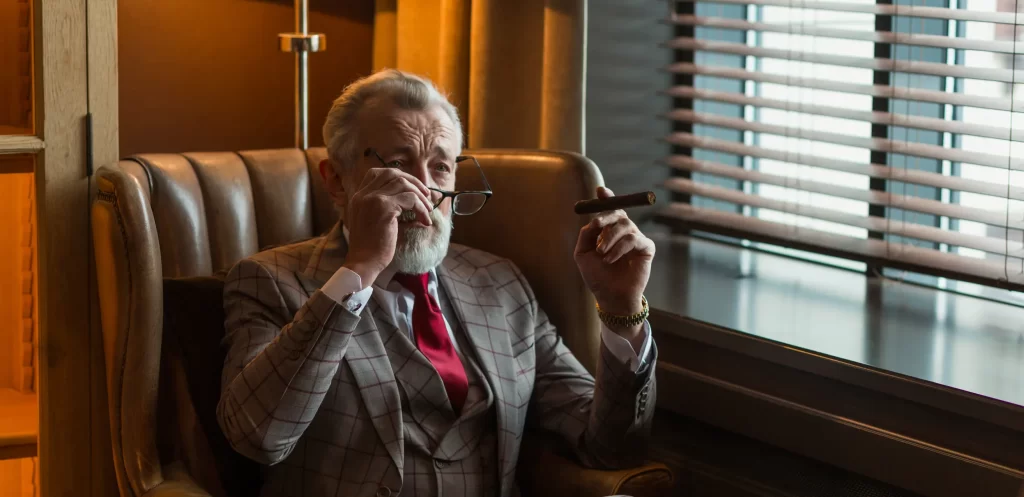
From Taíno ritual to global accolades, Dominican tobacco is a continuum of culture, craft, and place. If you want the story in your humidor, start here: León Jimenes cigars.
FAQs
-
What did the Taíno actually do with tobacco?
They used it ceremonially, including cohoba rituals inhaled through Y-shaped pipes; early chroniclers documented its sacred role.
-
Why is Santiago called “Cigar City”?
A cluster of factories, trained workforces, and export infrastructure converged there—especially during the 1990s boom—making it the DR’s cigar hub
-
How did Cuban seed change Dominican cigars?
It enabled Dominican blenders to develop fuller, more complex profiles (e.g., Piloto Cubano), marrying local terroir with Cuban genetics and technique.
-
Where does León Jimenes fit in this history?
As a La Aurora brand, León Jimenes symbolizes continuity—craft anchored in 1903 heritage and refined by post-embargo innovation.
